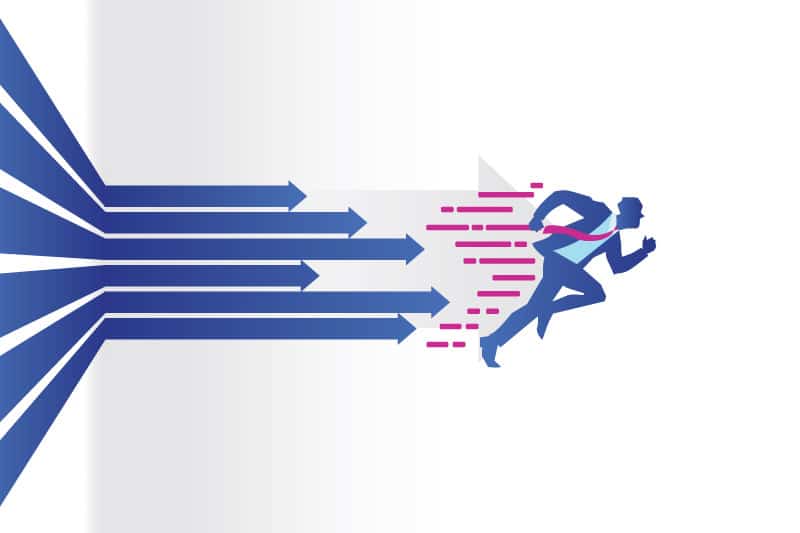
Unlocking Growth: Understanding Sales Velocity and Its Impact
Time is money, but just how do you accurately measure the value or rate of your efforts? Veloxy shows you how to account for time and grow your business revenue with sales velocity.
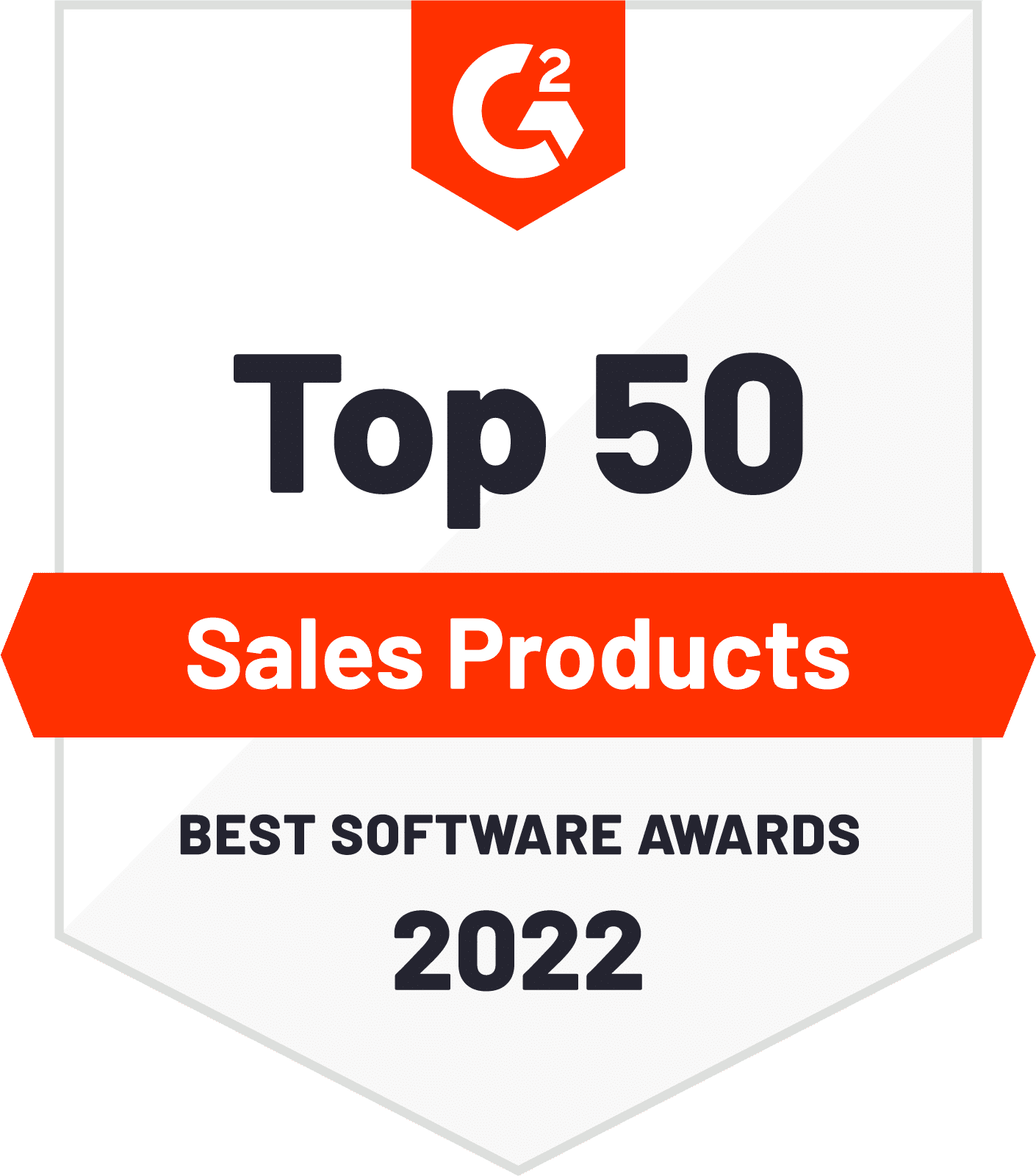
Discover the most popular emerging best practices in sales!
Hear from sales thought leaders from across the country!
Get your hands on our reports, checklists, and more!
After 3 Months, Veloxy customers:
• Double their Sales Productivity
• Pay for their Annual Salesforce
• Double Pipeline & Revenue
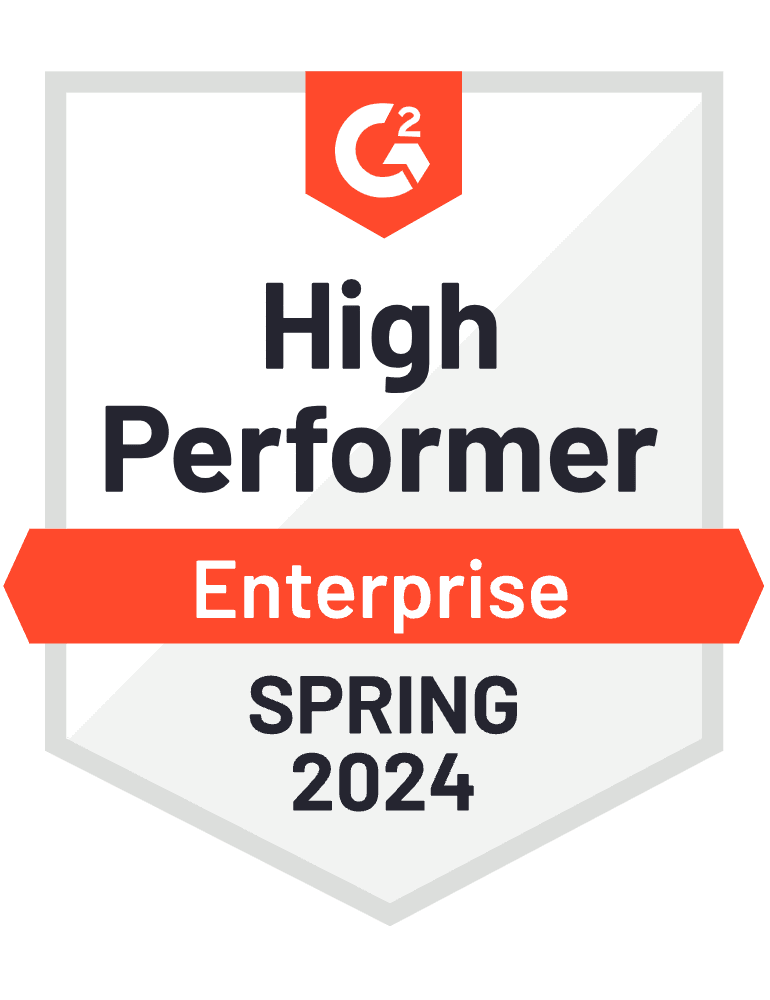
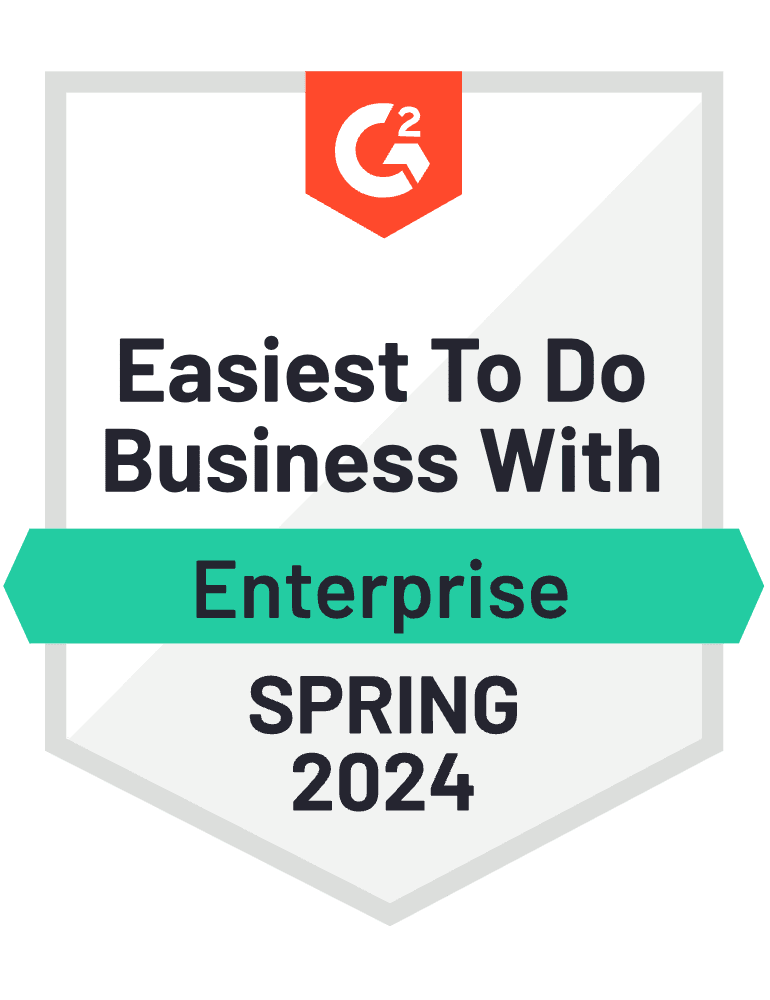
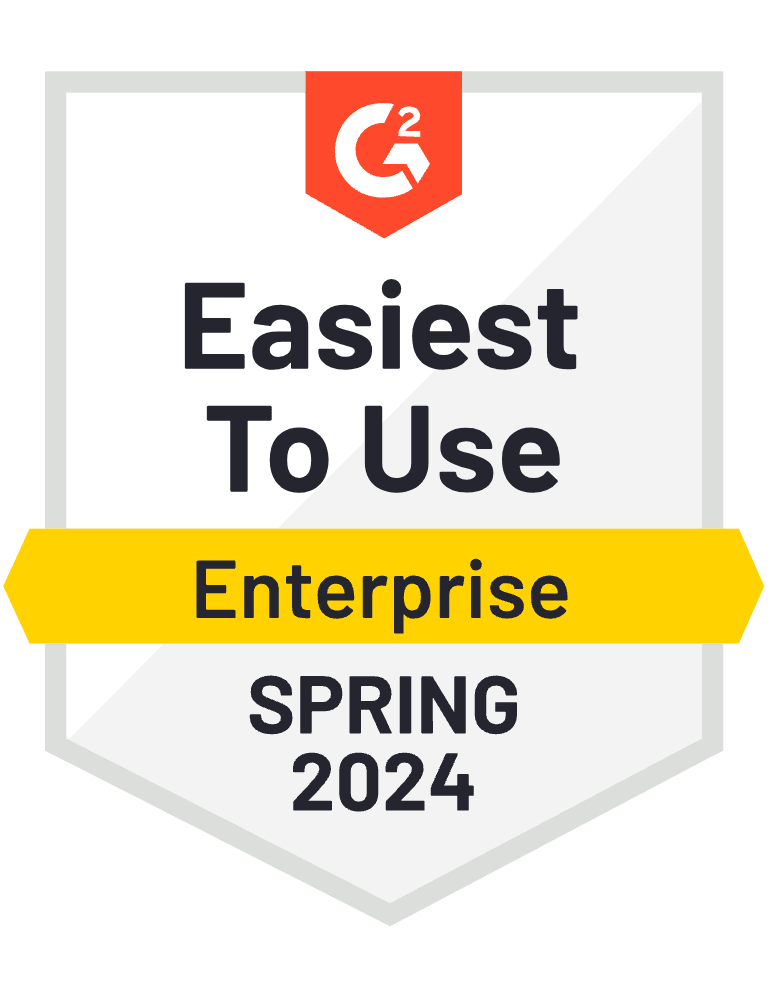
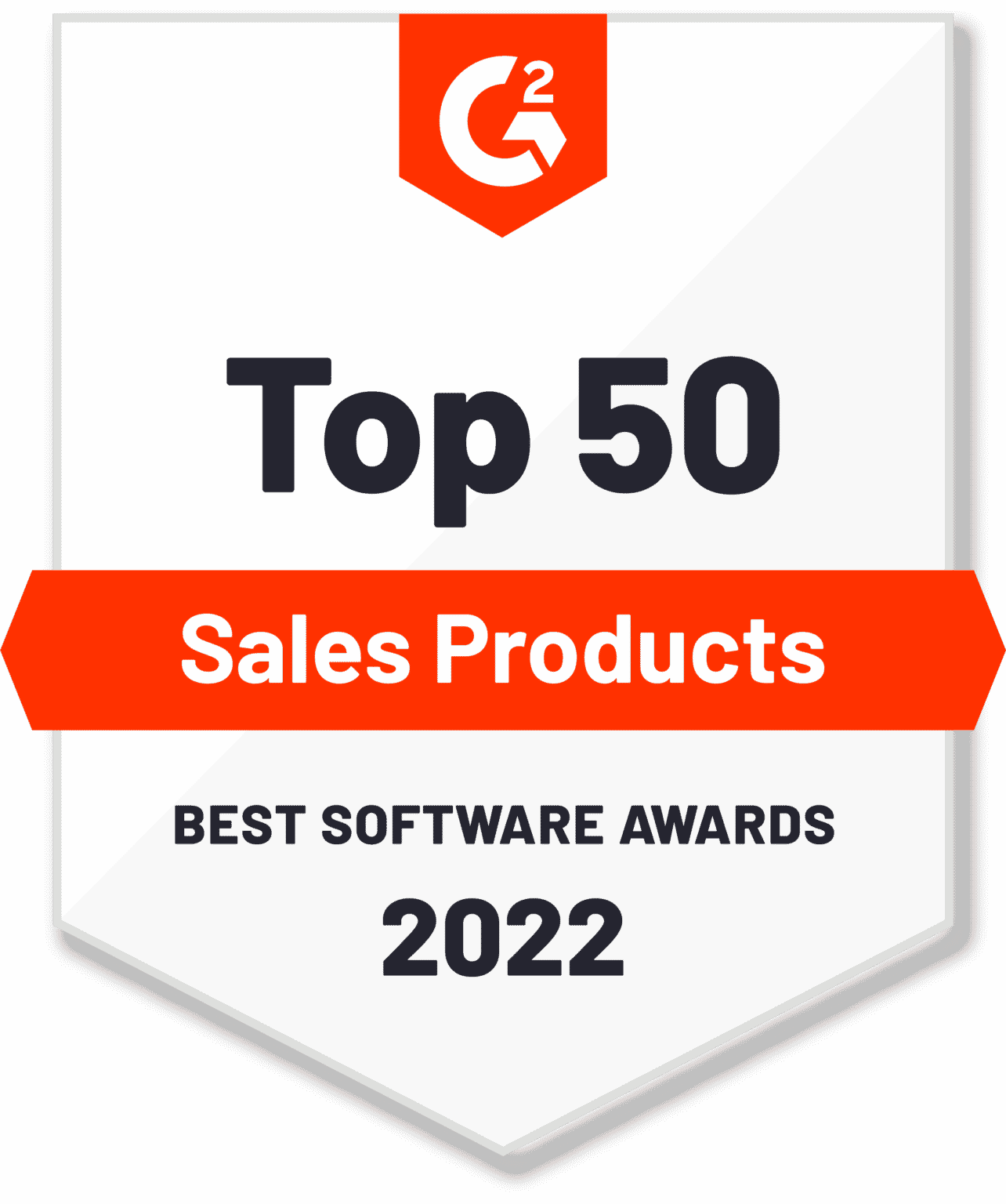
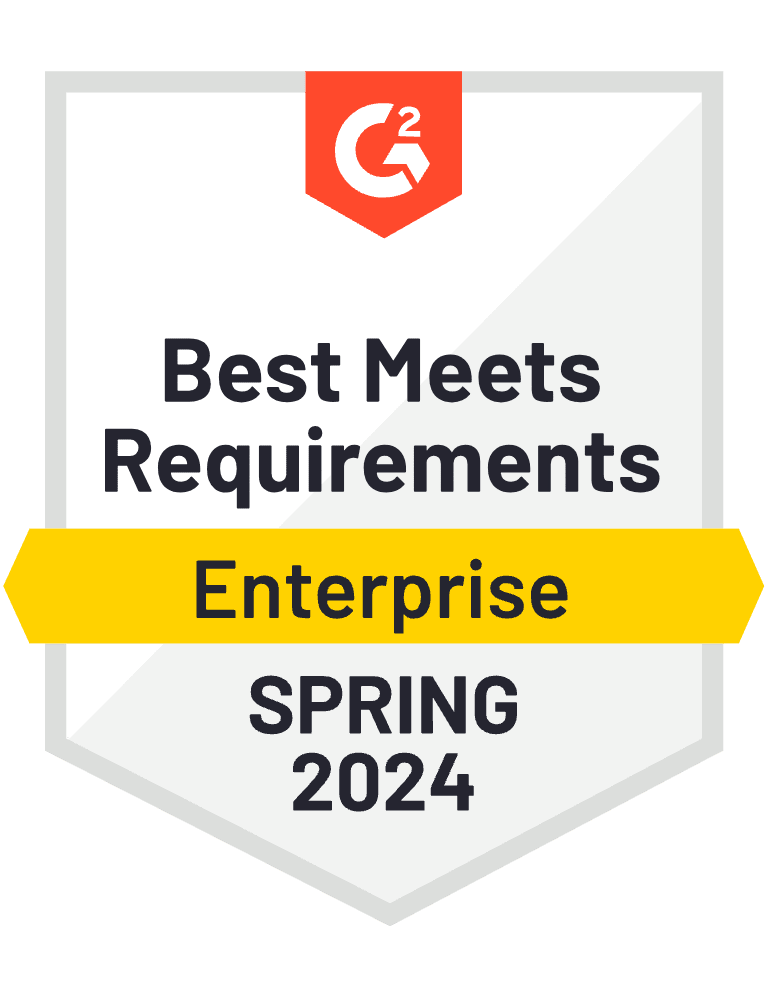
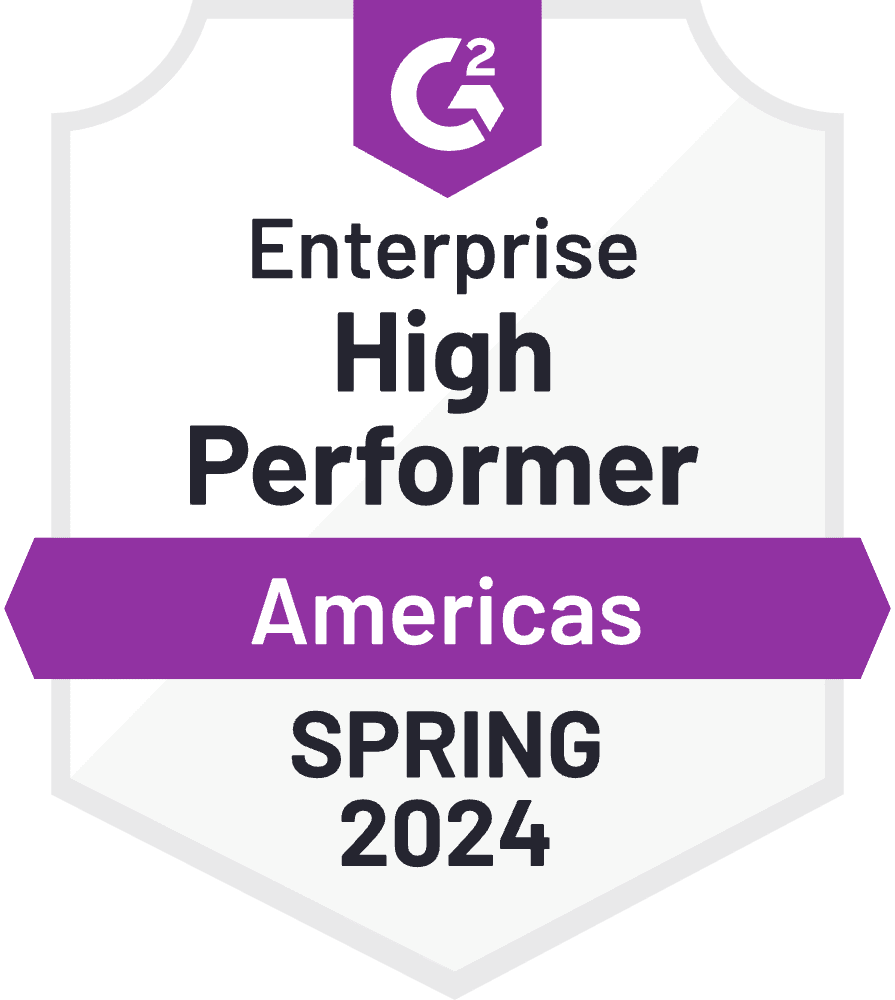






Field Sales Software that doubles your productivity, pipeline and revenue. It’s easy, fast, and powered by AI and Salesforce.
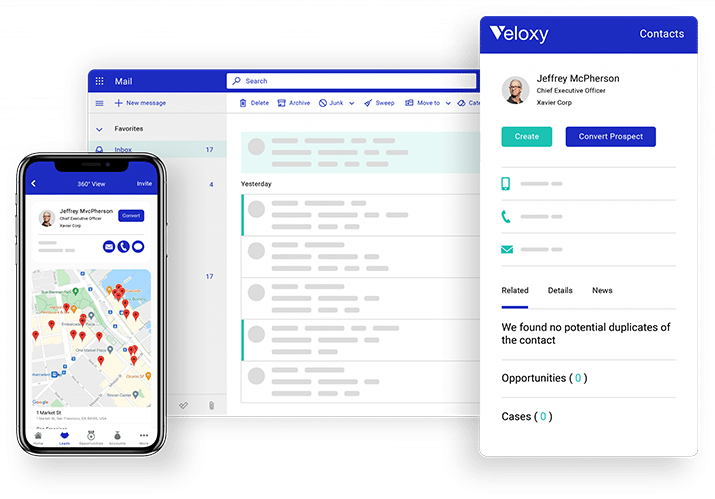

Discover the most popular emerging best practices in sales!
Hear from sales thought leaders from across the country!
Get your hands on our reports, checklists, and more!
After 3 Months, Veloxy customers:
• Double their Sales Productivity
• Pay for their Annual Salesforce
• Double Pipeline & Revenue












Field Sales Software that doubles your productivity, pipeline and revenue. It’s easy, fast, and powered by AI and Salesforce.

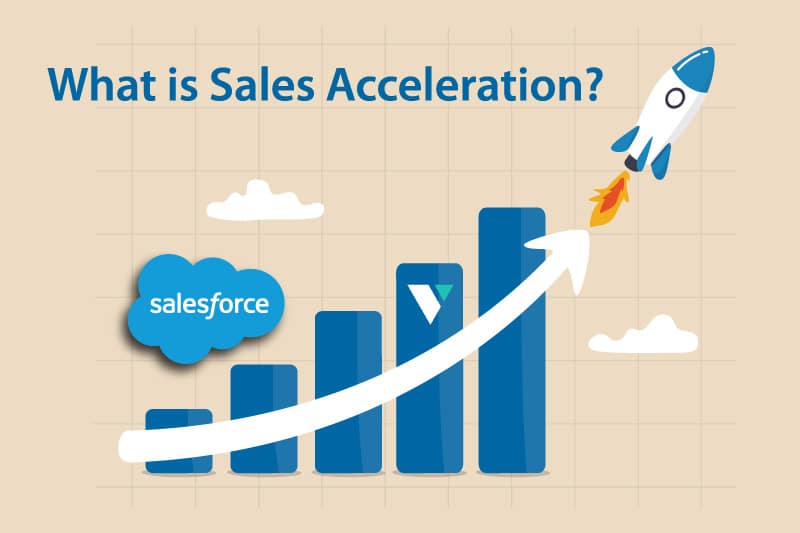

Samir is the CEO and Co-founder of Veloxy. After spending 20+ years creating corporate systems, boosting revenue, and eliminating inefficiencies, Samir started Veloxy to help sales professionals shorten sales cycles, accelerate pipelines, and close more deals.
Sales Insight Webinars

Time is money, but just how do you accurately measure the value or rate of your efforts? Veloxy shows you how to account for time and grow your business revenue with sales velocity.
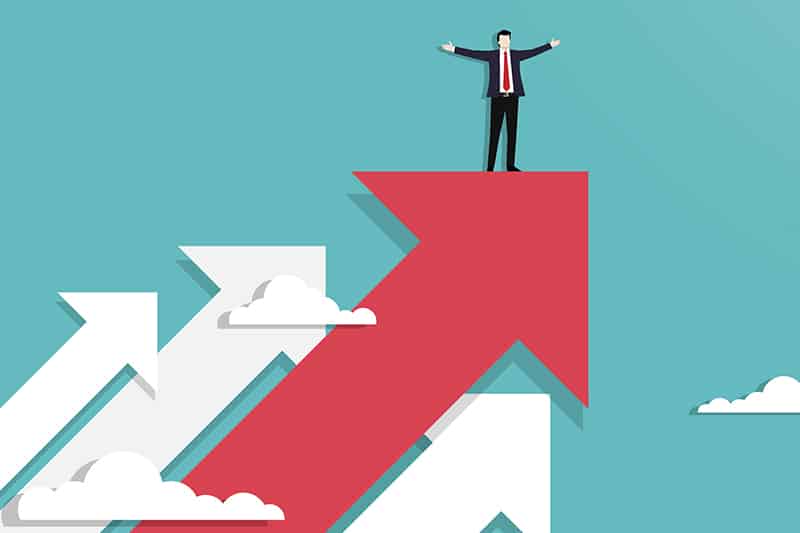
In an era of fierce competition, businesses must find ways to optimize their sales processes to stay ahead. High velocity sales has emerged as a powerful strategy to accelerate the path to success. By combining speed, efficiency, and data-driven decision making, high velocity sales enables organizations to close deals faster, increase revenue, and outperform their competitors. Let’s find out how
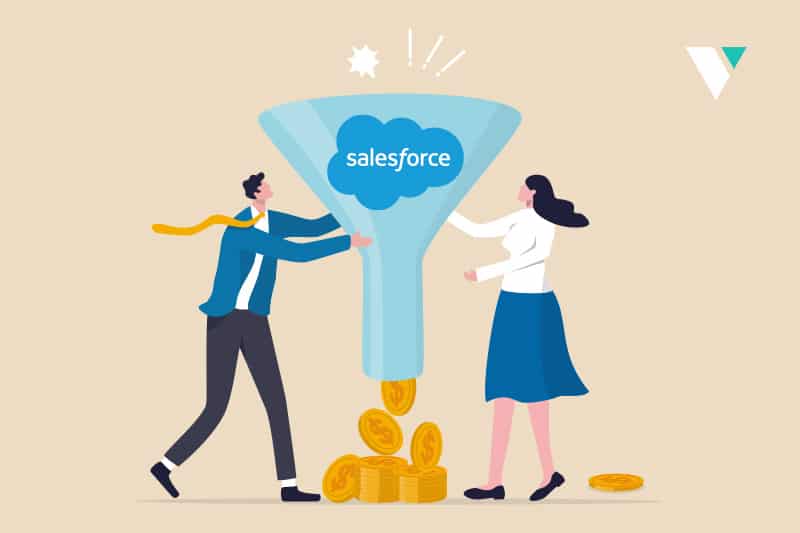
Here’s a fact. 44% of executives at companies with revenue exceeding $250 million believe their pipeline management to be ineffective. Do I have your attention? Now imagine a world where your sales process flows seamlessly, leads never slip through the cracks, and revenue pours in effortlessly. Welcome to the realm of pipeline management in Salesforce! 🚀 In this article, we’re diving

We make your life easier so you can make revenue faster.
© 2021 Veloxy IO. All Rights Reserved.

on G2's List of Best Sales Software Products for 2022
Sales acceleration. It’s a term that gets thrown around a lot. But this concept isn’t just a buzzword… it’s the key to unlocking your business’s full potential.
So, what is sales acceleration?
Today, I’m diving into the ins and outs of this important sales fundamental so you and your team can take your business to the next level!
What Is Sales Acceleration?
Let’s start with the basics. When we talk about sales acceleration, we’re discussing ways to make sales happen faster and more efficiently.
It’s all about speed and making sure that every step in the sales process moves along smoothly and quickly. I want you to think about the last time you were excited to buy something.
If the process was slow or complicated, you might have thought twice. Sales acceleration aims to remove these hurdles so customers don’t pause or change their minds.
The Evolution of Sales Acceleration
Sales acceleration hasn’t always been part of the sales landscape. Its rise can be traced back to the shift from traditional selling methods to a more integrated approach, blending personal skills with technological tools.
In the past, sales were largely a numbers game. And more calls meant more chances of making a sale. But as technology advanced, so did our understanding of the sales process.
We started to see the value in using data and automation to guide our sales efforts, making each interaction more targeted and effective.
This shift didn’t replace the need for skilled salespeople. Instead, it provided them with new tools to enhance their work.
The evolution of sales acceleration is a story of adaptation. Sales professionals have learned to merge traditional techniques with cutting-edge technology to stay ahead in a competitive market.
Key Components of Sales Acceleration
When I think about the three main things at the heart of sales acceleration, I think of speed, efficiency, and effectiveness.
Speed is about reducing the time it takes to move from prospecting to closing a deal. But speed alone isn’t enough.
We need to be efficient, ensuring our efforts and resources are being used in the best possible way. This means automating repetitive tasks and using CRM systems to manage customer interactions. It can also mean using data analytics to target our efforts more precisely.
Finally, there’s effectiveness. This involves making sure that our sales activities are not just fast and efficient but also successful.
It means training sales teams and refining sales messages. It also means constantly testing and optimizing our sales processes.
When we get these components right, sales acceleration becomes a powerful engine driving our business forward.
Sales acceleration is about embracing the changes in the sales landscape and using every tool at our disposal to make our sales process as efficient and effective as possible.
It’s a dynamic approach that requires us to be constantly learning and adapting. But I think you’ll find that the rewards are well worth the effort.
By focusing on speed, efficiency, and effectiveness, we can not only achieve our sales goals more quickly, sure. But we can also provide a better experience for our customers.
This is the heart of sales acceleration, a strategy that empowers businesses to thrive in today’s fast-paced market.
The Importance of Sales Acceleration in Modern Business
Sales acceleration is not just a trend. It’s a significant shift in how we approach selling and engaging with our customers.
The landscape of business is always changing, and with it, the ways we need to reach and connect with our audience. Let’s dive into why sales acceleration has become so essential in today’s business world.
Impact on Revenue Growth and Market Share
Imagine we’re in a race, but instead of running on a track, we’re trying to win customers and grow our business.
In this race, sales acceleration is like having the best running shoes, the most efficient training, and the perfect conditions to run faster than ever before.
By applying sales acceleration strategies, businesses can speed up their sales cycles. This means closing deals quicker and potentially increasing the number of deals closed within a given period.
As a result, revenue grows. And with consistent performance, so does market share.
Companies that master sales acceleration often outpace their competitors, grabbing a larger slice of the market pie.
Role in Enhancing Customer Engagement and Retention
You’ve probably heard that it’s more expensive to acquire a new customer than to keep an existing one. But I think this is where sales acceleration really shines.
By using tools and techniques that provide deeper insights into customer behavior and preferences, businesses can tailor their communications and offerings more precisely.
This personalized approach doesn’t just make customers feel valued. It makes them feel understood.
When customers feel a business truly gets them, they’re more likely to stick around. They become not just repeat buyers but also advocates for the brand, recommending it to friends and family.
Comparison With Traditional Sales Strategies
The old way of selling often involved casting a wide net and hoping for the best. It was a numbers game where success was measured by the quantity of outreach attempts rather than the quality of those interactions.
I find that sales acceleration flips this on its head. It prioritizes building meaningful connections with potential customers. This doesn’t mean we’re reaching out to fewer people.
Instead, we’re reaching out smarter. We use data to inform when and how we connect, ensuring our message is relevant and timely.
This strategy is more effective because it respects the customer’s needs and time. This leads to higher conversion rates and more successful sales outcomes.
Why Embracing Sales Acceleration Is Key
We’re at a point where simply keeping up with the competition isn’t enough. We need to be ahead, and sales acceleration allows us to do that.
It equips us with the tools and strategies to make every customer interaction count, shorten the sales cycle, and grow our revenue and market share in the process.
Embracing sales acceleration means more than just adopting new tools or technologies. It’s about adopting a new mindset.
It’s recognizing that the way we’ve always done things might not be the way to win in the future. It involves being willing to learn and adapt, experiment with new approaches, and always look for ways to improve how we connect with and serve our customers.
Sales Acceleration Techniques
So, how do we put this theory into practice? To start, I want to discuss some of the best sales acceleration techniques.
Personalization at Scale
Personal touch matters more than ever. When we reach out to our customers, showing them that we understand their needs can make all the difference.
But how do we do this for hundreds or thousands of people? The answer lies in personalization at scale.
This technique involves using technology to tailor our messages and offers to individual customers based on their previous interactions and preferences.
By doing so, we’re not just sending out a blanket message. Instead, we’re talking directly to you, the customer, in a way that resonates with your specific needs and interests.
Data-driven Decision Making
Data is a powerful tool in our arsenal. It tells us what’s working and what’s not. It helps us make informed decisions about where to focus our efforts.
In the context of sales acceleration, using data means analyzing our sales activities and outcomes to identify patterns and trends.
This can help us predict what our customers might want next or which sales strategies are most effective. By leaning into data, we can fine-tune our approach, making sure that we’re always hitting the mark.
Enhancing Sales Team Productivity
Our sales team is at the heart of everything we do. Their productivity can make or break our sales acceleration efforts. That’s why we invest in training and development, to make sure they have the skills and knowledge to succeed.
We also look at ways to reduce their administrative burden. This might mean automating routine tasks or providing them with tools that make it easier to track their activities and outcomes.
When our team is free to focus on what they do best, which is selling, we all win.
Why These Techniques Matter
You might wonder why I’m emphasizing these techniques so much. The reason is simple: In a competitive market, we need to be agile and responsive.
Personalization, data-driven decision-making, and enhancing our sales team’s productivity are all ways to achieve this. They help us connect with our customers more effectively and ensure our team always performs at its best.
When we get this right, we not only speed up our sales process but also build stronger, more lasting relationships with our customers.
Implementation
I know what you’re thinking. These techniques sound great, but how do I bring them into my business? It starts with a commitment to understanding your customers and your sales process.
From there, you’ll need to invest in the right tools and training. This might mean adopting a new CRM system or exploring data analytics software. Maybe it means providing your team with specialized training.
It’s also about creating a culture that values continuous improvement and innovation. When you and your team are all in, you’ll find that these techniques naturally become part of how you do business.
The Impact on Your Sales
So, what happens when you put these techniques into practice? First, you’ll likely see a boost in your sales numbers.
By reaching out to customers in a more personalized way, using data to guide your decisions, and making sure your team is as productive as possible, you’re creating a formula for success. But the benefits go beyond just numbers.
You’ll also see improvements in customer satisfaction and loyalty. And, as your sales process becomes more efficient, you and your team will have more time to focus on strategic initiatives that can drive your business forward.
So I want you to remember one thing. Sales acceleration is not just a set of techniques. It’s a mindset.
It’s about constantly looking for ways to improve and adapt. By embracing personalization at scale, data-driven decision-making, and focusing on your team’s productivity, you’re setting your business up for success in today’s fast-paced world.
Sales Acceleration Strategies
In the journey to speed up our sales, one of the first stops is technology. I’m talking specifically about Customer Relationship Management (CRM) and sales automation tools.
These aren’t just fancy software to make us look good. They’re the backbone of any solid sales acceleration strategy.
By using a CRM system, we can keep all our customer information in one place. This makes it easier to track interactions, understand customer needs, and follow up at the right time.
Sales automation tools take it a step further by automating repetitive tasks. This means our sales team can spend more time on what they do best: selling.
Field Sales Strategies
Even in our digital world, face-to-face interactions have a special kind of magic. That’s why field sales strategies are still a key part of sales acceleration.
This is all about being smart with how we manage our territory and time. It involves knowing which customers to visit when planning efficient routes and making sure each visit adds value.
We also use technology to enhance these interactions, like mobile sales tools that give us access to customer data on the go.
This way, we’re not just showing up. We’re showing up prepared.
Download Now: The Big Blue Book of Field Sales
Want to learn how you can sell faster from the field? Grab your copy of my new book with all the emerging best practices to help you sell faster and smarter!
Get Your Free EbookDigital and Social Selling
I can’t talk about sales acceleration without mentioning digital and social selling. In today’s connected world, our customers are online, and that’s where we need to be, too.
Digital selling involves using online platforms to connect with potential customers, share valuable content, and build relationships.
Social selling takes it a step further by using social media networks to reach and engage with our audience. It’s about being present where our customers are spending their time and using these platforms to provide value, whether that’s through insights, advice, or solutions to their problems.
Why These Strategies Matter
You might wonder why I’m emphasizing these strategies so much. It’s simple: They help us reach our customers more effectively and efficiently.
By incorporating technology like CRM and sales automation tools, we’re not just working harder. We’re working smarter.
Field sales strategies allow us to maintain the personal touch that’s so important in building relationships. Digital and social selling also open up new ways to connect with our audience.
Together, these strategies create a comprehensive approach to sales acceleration, one that allows us to meet our customers where they are and move them through the sales process faster.
Implementing These Strategies in Your Business
So, how do you start implementing these strategies in your business? It begins with a commitment to understanding your customers and how they interact with your business.
From there, you’ll need to choose the right technology and tools that align with your sales goals.
Training your team is also critical. They need to know how to use these tools and how to apply them to enhance their sales efforts.
Finally, it’s about taking action and continuously looking for ways to improve. As you implement these strategies, keep an eye on your results and be ready to adjust your approach as needed.
The Impact on Your Sales
When you put these strategies into action, the impact on your sales can be significant. You’ll likely see an increase in efficiency and effectiveness across your sales process.
This can lead to more deals closed and a shorter sales cycle. But the benefits don’t stop there. These strategies also enhance your relationship with your customers.
By engaging with them through their preferred channels and providing personalized interactions, you’re building trust and loyalty. This not only helps you win new business but also encourages repeat business and referrals.
Your Next Moves
When we decide to implement sales acceleration in our business, the first step is setting clear objectives and key performance indicators (KPIs).
It’s like setting up a roadmap for where we want to go. We need to know what success looks like for us. Is it more sales in less time, higher customer satisfaction, or maybe both?
Once we’ve figured this out, we’ll decide on the KPIs that will help us track our progress. These could include the number of deals closed or the average time to close a deal. Or maybe it means customer feedback scores.
Keeping an eye on these will tell us if we’re on the right track or if we need to adjust our strategy.
Choosing the Right Tools
Choosing the right tools is critical for sales acceleration. With so many options out there, it can be overwhelming.
But the best tools for us are the ones that fit our specific needs and goals. For some, this might mean a CRM system that helps track customer interactions.
For others, it could be sales automation software that takes care of repetitive tasks, freeing up time for our team to focus on selling.
We’ll also want to look at tools that offer analytics. This way, we can see what’s working and what isn’t.
Future Proof Your Sales Team
Building a Culture of Continuous Improvement
I’m a firm believer that implementing sales acceleration isn’t a one-time task. It’s about creating a culture of continuous improvement.
This means always looking for ways to do things better, faster, and more efficiently. It involves training and empowering our sales team to make the most of the tools and strategies we’ve put in place.
We’ll want to encourage them to share their insights and feedback. This can lead to valuable improvements in our approach.
It’s also important to celebrate our successes and learn from our challenges. By fostering this kind of culture, we’re not just accelerating our sales. We’re building a team that’s committed to growth and excellence.
Why These Steps Matter
Why am I focusing so much on objectives, tools, and culture? The reason is simple. These steps are the foundation of any successful sales acceleration strategy.
Without clear objectives, we’re like a ship without a compass.
Without the right tools, we’re working with our hands tied.
And without a culture of continuous improvement, we’ll struggle to adapt and grow over time.
Implementing These Steps in Your Business
So, how do we go about implementing these steps in our business? It starts with taking a step back and looking at the big picture.
What are our goals? What challenges are we facing? From there, we’ll research and select the tools that best meet our needs.
This might involve some trial and error, and that’s okay. It’s all part of the process. Training our team on these tools and strategies is also key.
But more than that, it’s about inspiring them to embrace a mindset of growth and innovation. Finally, we’ll need to track our progress, celebrate our wins, and learn from our setbacks. It’s a journey, but one that’s well worth it.
The Impact on Your Sales
By setting clear objectives, choosing the right tools, and building a culture of continuous improvement, the impact on our sales can be profound.
We’ll likely see an increase in sales and improvements in efficiency and customer satisfaction. Our team will become more engaged, empowered, and ready to take on new challenges.
And as our business grows and evolves, we’ll be well-equipped to adapt, thanks to our commitment to sales acceleration.
Challenges and Considerations in Sales Acceleration
I find that one of the biggest challenges we face when implementing sales acceleration is resistance to change.
It’s natural for people to feel comfortable with what they know. Introducing new tools and strategies can sometimes trigger hesitation.
The key to overcoming this is clear communication and training. We need to show our team not just how things will change but also why these changes are beneficial.
It’s about painting a picture of how these new approaches will make their jobs easier and more rewarding. We’ll also need to be there to support them through this transition, offering the guidance and encouragement they need to embrace new ways of working.
Ensuring Data Security and Privacy Compliance
As we rely more on technology to accelerate our sales, we also need to be mindful of data security and privacy. Our customers trust us with their information, and it’s our duty to protect it.
This means making sure that the tools we use are secure and that we’re complying with all relevant privacy laws. It can be a complex area, but it’s one we can’t afford to overlook.
We need to stay informed about the latest regulations and ensure our practices are up to standard. Sometimes, this might mean seeking external advice or investing in additional security measures.
It’s all part of keeping our customers’ trust and maintaining our reputation.
Scalability
Another consideration is scalability. The strategies and tools that work for us now might not be sufficient as our business grows.
We need to think ahead and choose solutions that can grow with us. This might mean opting for more flexible software or planning for additional training as we expand our team.
It’s also about regularly reviewing our sales acceleration strategies to ensure they’re still meeting our needs. As our business evolves, our approach to sales acceleration should too. This way, we can continue to improve our sales process, no matter how big we get.
Why These Challenges Matter
You might wonder why we’re focusing on these challenges. It’s because acknowledging and addressing them is crucial to the success of our sales acceleration efforts.
Resistance to change, data security, and scalability are all hurdles we’ll likely face along the way. By being prepared for these challenges, we’re more likely to overcome them.
This not only ensures the smooth implementation of our sales acceleration strategies but also helps safeguard the future of our business.
Addressing These Challenges in Your Business
So, how do we go about addressing these challenges in our business? It starts with recognizing that these are normal parts of growing and improving our sales process.
For resistance to change, we’ll need to invest in training and support. For data security and privacy, staying informed and seeking expert advice will be key.
And for scalability, choosing flexible solutions and regularly reviewing our strategies will help us adapt as we grow. It’s about taking proactive steps to address these challenges head-on rather than reacting to them as they arise.
Addressing these challenges can have a positive impact on our sales. By overcoming resistance to change, we can ensure our team is fully on board with our sales acceleration strategies, leading to better implementation and results.
By prioritizing data security and privacy, we can maintain our customers’ trust and avoid potential legal issues. By planning for scalability, we can ensure our sales process continues to be effective — no matter how much we grow.
The Future of Sales Acceleration
As we look ahead, the future of sales acceleration is both exciting and promising. With advances in technology, we’re set to see even more innovative ways to speed up and enhance the sales process.
The rise of artificial intelligence (AI) and machine learning is particularly noteworthy. These technologies are becoming more sophisticated. And this gives us new tools to predict customer behavior, personalize interactions, and automate tasks even more efficiently.
This doesn’t mean we’ll be stepping back and letting machines do all the work. Instead, we’ll be working alongside these technologies, using them to augment our efforts and make smarter decisions.
Emerging Trends and Technologies
One of the most exciting aspects of the future of sales acceleration is the emerging trends and technologies. AI and machine learning are at the forefront, promising to transform how we connect with customers.
But it’s not just about AI. We’re also seeing developments in areas like predictive analytics, which can help us forecast sales trends and customer needs with greater accuracy.
These technologies offer incredible potential to not just accelerate sales but also to deepen our understanding of our customers.
The Growing Importance of Customer Experience
As we move forward, the importance of customer experience in sales acceleration cannot be overstated. In a world where customers have more choices than ever, providing an outstanding experience is key to standing out.
This means that our sales acceleration efforts need to be customer-centric and focus on delivering value at every touchpoint.
It’s not just about closing deals faster. It’s about making every interaction meaningful and satisfying for the customer.
This approach not only helps us win sales but also builds loyalty and encourages repeat business.
Preparing for What's Next
As we prepare for the future, staying adaptable and agile is huge. The world of sales is constantly evolving, and what works today might not work tomorrow. This means we need to be ready to embrace new technologies and approaches, continually learning and experimenting.
It’s also about listening to our customers and understanding their changing needs. We can then adapt our strategies accordingly. By staying ahead of the curve, we can make sure that our sales acceleration efforts remain effective, no matter what the future holds.
The future of sales acceleration is full of possibilities. By embracing emerging technologies, focusing on customer experience, and staying adaptable, we’re well-positioned to take advantage of these opportunities.
As we move forward, we’ll continue to find new ways to enhance our sales process, making it more efficient, effective, and customer-focused.
The journey ahead is exciting, and we’re ready to face it head-on, armed with the knowledge and tools we need to succeed.
Dive Into the World of Sales Acceleration
Hopefully, I’ve answered your question, “What is sales acceleration?” We’ve explored the ins and outs of this powerful strategy that empowers businesses to optimize their sales processes, engage customers effectively, and drive growth.
VeloxyIO Inc. makes AI-powered sales enablement and predictive forecasting software for Salesforce CRM. Our mission is to help Sales Reps engage in the Salesforce CRM with integrated software for sales management.
Get in touch today to find out how we can help you and your team achieve so much more in sales.
Frequently Asked Questions
What is the Sales Acceleration Formula?
I’m going to share with you a sales acceleration formula only known to Veloxy customers and many Salesforce users. This will not be referencing the popular book by Mark Roberge, ‘The Sales Acceleration Formula’, however, I would recommend you invest twenty dollars on the read. Roberge offers a very thorough, department-wide approach to accelerating sales that includes training, hiring, personnel management, sales enablement, and sales technology.
Veloxy’s Sales Acceleration Formula focuses on the impact that your sales process, sales technology, and customer engagement has on your selling activity versus non-selling activity ratio:
As you can see, we place a higher emphasis on the negative impact manually prioritizing leads has on your sales cycle. Using intuition, or heaven forbid an alphabetical list or randomized Excel spreadsheet, is still being used by over 20% of salespeople. When sales managers approach our team at Veloxy, lead prioritization based on the data analysis of customers’ propensity to buy is always our first priority—especially when it’s automated and empowered by artificial intelligence.
Sales acceleration is an ongoing strategy, which is why we put together this helpful calculator spreadsheet for you to use right now.
Get access now: Sales Acceleration Calculator
In addition to easily calculating the aforementioned sales acceleration formula, you’ll also be able to calculate our second sales acceleration formula. This formula focuses not just on how much more time you’ll be spending on selling activities and your improved lead prioritization—it focuses on the length of your sales cycle.